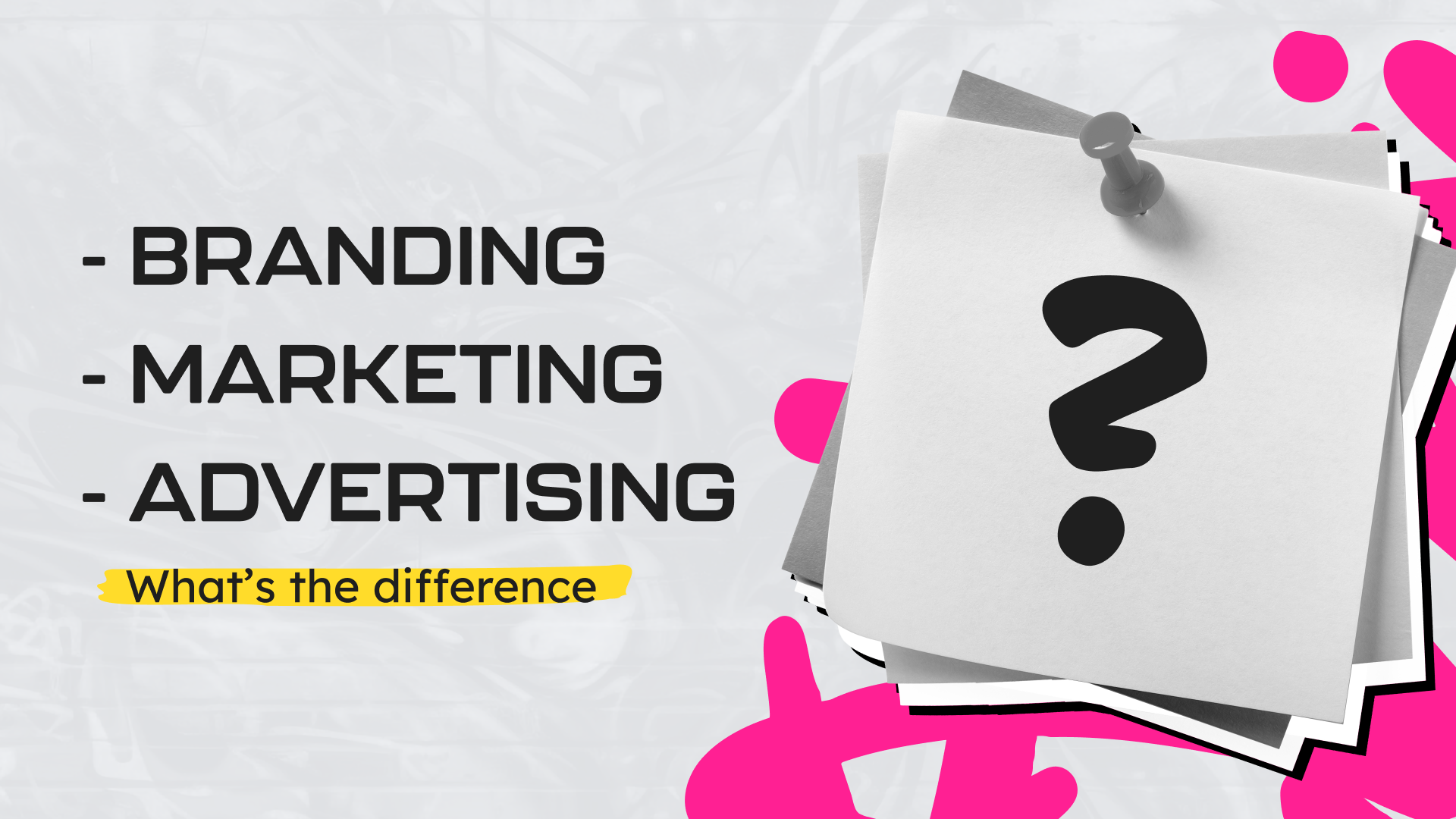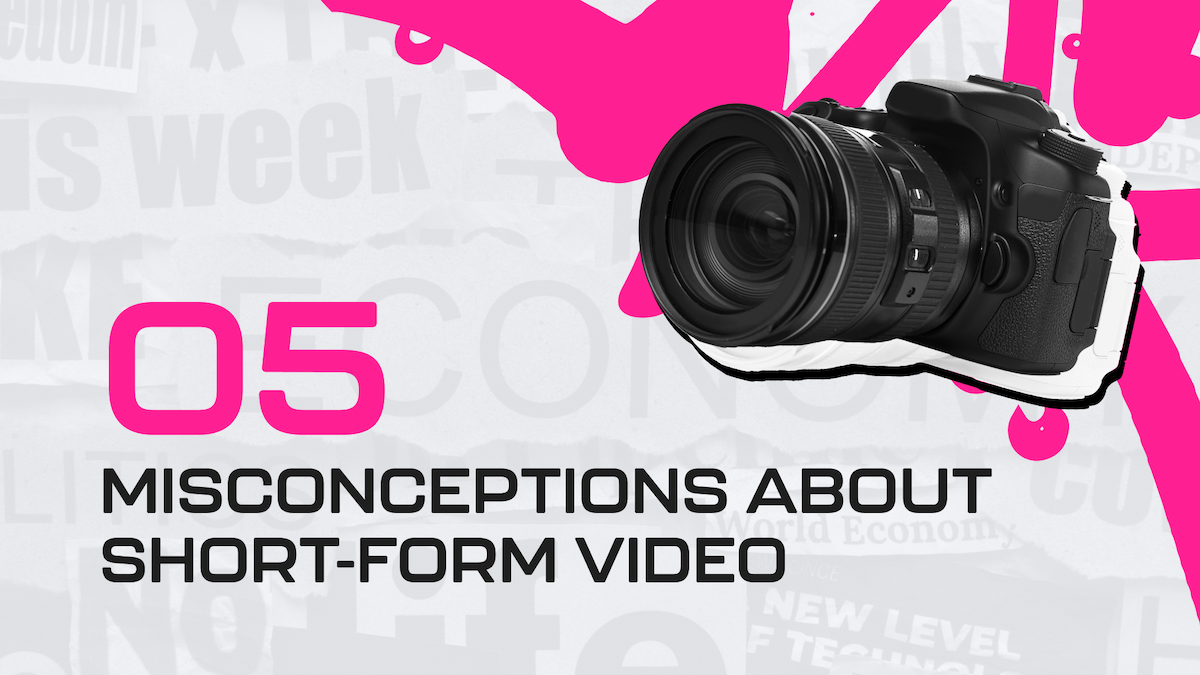What’s the difference between branding, marketing, and advertising? Even for marketers, the differences between these three areas can blur together. While branding, marketing, and advertising are interconnected, there are distinct qualities that separate them and allow them to stand on their own.
As a business owner or as part of a growing company, it’s important to understand the definition of each of these areas so that you can effectively utilize them to create synergies that will propel your marketing efforts forward.
Branding
Branding is the core of who and what your business is. Many believe that the way you look is your brand. While looks go a long way, your brand goes above and beyond just a visual identity.
Do you buy a BMW just because of the way it looks? No, you buy it because of the way it makes you feel, the way it makes others feel, and the craftsmanship behind the hood… in addition to the fact that it’s a sexy car. It’s a well-rounded product that’s more than skin-deep.
More accurately, branding is defining your identity and your unique story. Your brand should reflect the essence of what your company is when you break it down to its most fundamental elements.
Your story should be interesting so people want to keep listening. Your story is what will give your business a purpose and what will separate you from competitors. It is what will inspire those around you and attract customers to you
But here’s the catch – you can’t tell your story unless you know your story. You can’t make it up either, people will smell that from miles away. You have to be authentic and true to your business. Want to find your brand? Start by asking “who are we?” and “what is the story we want to tell?”. Out of this will spring your brand.
While a brand is broadly an understanding of yourself and your story, you can break it down into more objective components that can help you begin the journey of understanding your brand. Here is a short list of what a defined brand should capture for your company:
-
What you value and why
-
How it feels to use your product or service
-
What you exist to do, how you do it, and why you’re unique
-
Your tone and voice
-
What you look like
-
Who your intended audience is
-
What others expect from you
Defining your brand can be a tricky topic but it truly is at the heart of everything you will do. As Simon Sinek says: “Start with why..People don’t buy what you do; they buy why you do it. And what you do simply proves what you believe”.
Marketing
‘Marketing’ is the process that attracts and retains customers for your business. It is an entire discipline that captures both ‘branding’ and ‘advertising’ within it. That’s right, visual identity, market research, SEO, social media, ads, PR, blogging, websites, pricing, etc are all a part of ‘marketing’. It’s the whole nine.
If branding is understanding who you are, Marketing is understanding who your audience is and the processes needed to turn them into customers.
The ‘5 P’s of marketing is a tried and true outline to help your marketing efforts become more efficient and intentional, no matter what channel you are using. Although simplistic, it’s a high-level framework to help organize a company’s vision for their marketing efforts to ensure that they are reaching the right people with the right offering at the right time.
-
Product: What you’re offering. This captures your offering’s function, branding, packaging, quality, and appearance.
-
Price: What you sell your offering for. This takes into account your positioning in the marketplace and the price demographic you are targeting.
-
Place: How your target audience can access your offering (physical and virtual locations)
-
Promotion: The tools and processes you’ll use to get your offering in front of your target market. Advertising falls within this category.
-
People: Who your customers are and what they want. Anything involving defining, targeting, and measuring your audience falls within this category.
Advertising
Sometimes you’ll hear ‘advertising’ and ‘marketing’ used synonymously. They aren’t the same and you should understand the distinctions between them.
Like branding, advertising is a subset of marketing. Advertising is a tactic in the marketing toolbox that involves paying a third party to drive customers to your business. It’s in the name – advertising is creating an ad and spending money to get that ad in front of your target audience.
The main reason why there is a misconception between marketing and advertising is that advertising used to be a much larger and more pricey percentage of a company’s marketing mix. If you wanted to promote your business in the 70’s, you had to do so on more traditional platforms like radio, billboards, TV, and newspapers. Think Mad Men style advertising.
These days the most common advertising mediums are digital. Here are the worldwide top advertising channels by ad revenue in 2022:
-
Google $168.44 billion
-
Meta $112.68 billion
-
Alibaba $41.01 billion
-
Amazon $37.99 billion
-
ByteDance (Tik Tok) $29.07 billion
Do the lines between branding, advertising, and marketing get blurry? Absolutely. But while the terms interconnect and work off of each other, the terms are not synonymous. Why does this matter? Because defining these terms will help you approach your business and marketing strategy more intentionally. You’ll be able to understand why you need to know your brand story and why it’s critical to your growth. You’ll know the activities and metrics for a successful marketing strategy. And you’ll know how to reach your customers through smart advertising.
Looking for a way to really perfect your branding, marketing, and advertising strategies? Reach out to schedule a free consultation with our creative team.

